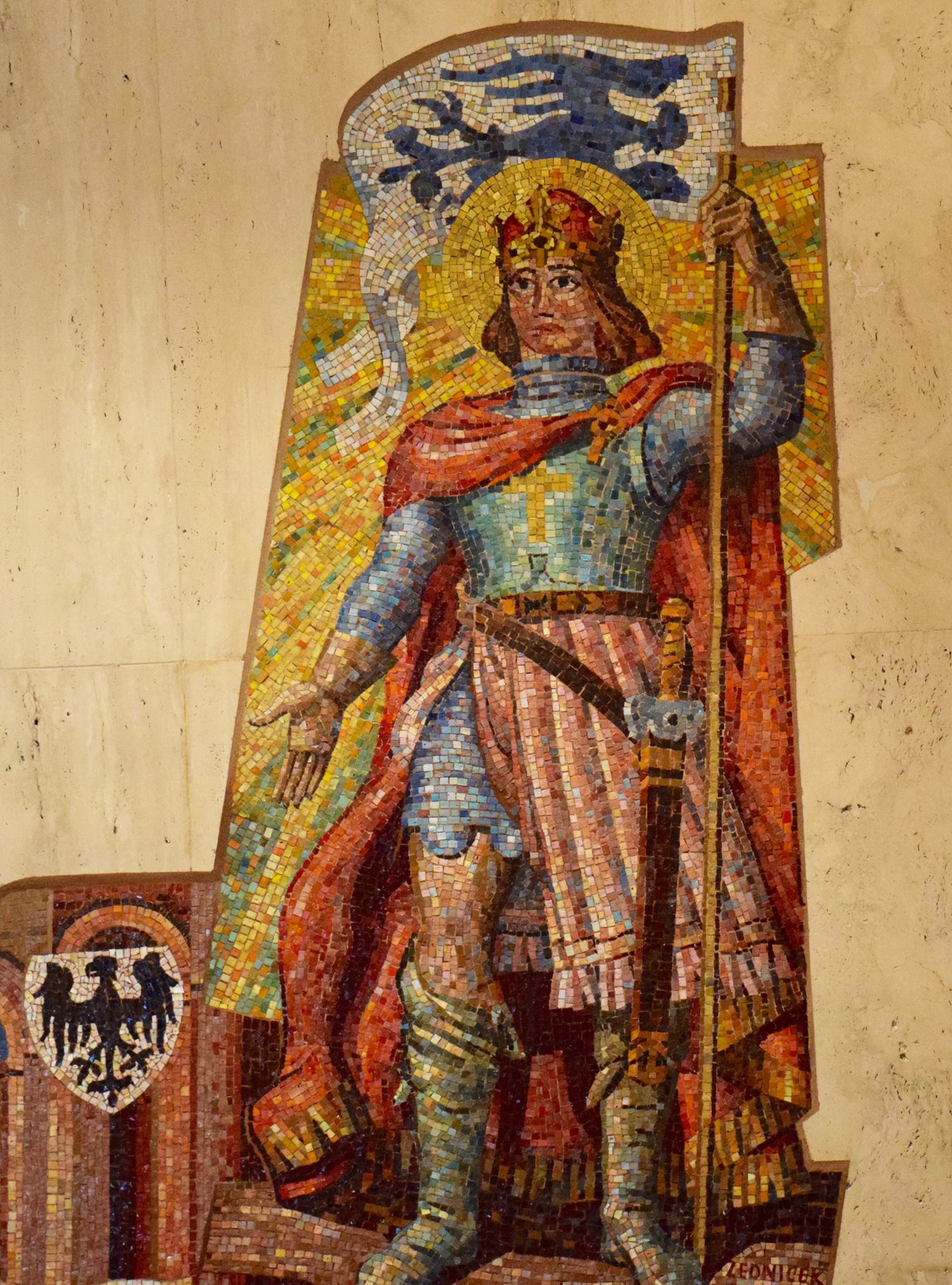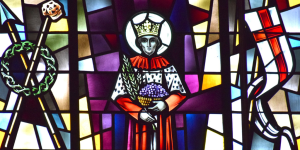
Every September, the Church celebrates many saints with feast days and memorials, honoring their unique contributions to the faith and reflecting on their examples of service. From the first Filipino saint to the saint who created a Bible translation that would be the standard of the Church for centuries, these saints each have something to teach us. Read about four saints celebrated in September and why you should know their stories.

September 9 – St. Peter Claver
Peter Claver was born close to Barcelona in 1581. Though little is known about his early life, he joined the Society of Jesus at age 20 and traveled to present-day Columbia in 1610. There, he became a priest and eventually settled in the port of Cartagena, a major hub of the slave trade. Unlike many others in the city, who turned away from their suffering, Peter dedicated himself to ministering to the 10,000 slaves that came through the city each year, providing them with medicine, food, and water.
He believed it was critical to meet people’s physical needs and not simply proselytize, and often worked with local authorities to ensure slaves were not maltreated. In addition to providing for the slaves’ material needs, Peter cared for their souls by sharing the Gospel with them. While the language difference presented unique challenges, with the help of seven translators and a series of pictures, he succeeded in drawing many of them to Christ. Over the course of his lifetime, Peter baptized 300,000 converts.

September 28 – St. Lorenzo Ruiz
Lorenzo Ruiz was born on November 28, 1594, in Binondo, Manila. His parents were both devout Christians, and when he grew older, he served as an altar boy and a calligrapher in their local church, and eventually joined the Confraternity of the Most Holy Rosary. For a time, Lorenzo lived in happy tranquility: he married a Filipino woman named Rosario and they had three children together. However, when he was working as a clerk at a local church, he was falsely accused of murder, and was forced to flee to Japan for asylum. Unfortunately, persecution in Japan intensified during this time – and soon after he arrived, he was arrested and imprisoned.
Two years passed by, and he was transferred to Nagasaki, where he was tortured in unspeakably cruel ways to get him to recant his beliefs. Despite suffering excruciating pain, Lorenzo remained steadfast in his faith until the end. He died of suffocation and blood loss on September 29, 1637, at age 42. Missionary accounts of his death record that he spoke the following in Latin before he passed: “I am a Catholic and wholeheartedly do accept death for God; Had I a thousand lives, all these to Him shall I offer.”
After being canonized on October 18, 1987, he became the first Filipino saint.
September 28 – St. Wenceslaus

Born in 907 near Prague, Wenceslaus was son of the Duke of Bohemia, who was a Christian, and Drahomíra, a woman descended from a pagan tribal chief. Wenceslaus grew up in a time of great political upheaval, and shortly after his Christian grandmother became regent in 921, Drahomíra arranged for her to be assassinated so she could rule instead. For the next five years she reigned in tyranny over the faithful until rebel Christian forces successfully overthrew her and 18-year-old Wenceslaus assumed the throne. The young king soon set to work restoring order and Christianity. He welcomed German priests into the kingdom and built a rotunda at Prague Castle that would later become part of St. Vitus’ Cathedral. Yet despite Wenceslaus’ efforts, dissension and unrest continued to plague the country.
In 935, his brother Boleslaus invited him to Stará Boleslav for a celebration on the Feast of Saints Cosmas and Damian. Though historians disagree about whether Boleslaus himself was ultimately responsible, it is clear that an altercation took place there which resulted in a fight with Boleslaus’ men and Wenceslaus’ death. Thankfully, the Emperor Otto sent his forces into Bohemia and after several years of conflict, wrested control of the region from Boleslaus and undid the anti-Christian laws that had been implemented.

September 30 – St. Jerome
One of the greatest scholars of the Church, Jerome was born in the 4th century in northern Italy. When he reached his thirties, he relocated to Syria, living as a recluse and learning Hebrew, Aramaic, and Greek. He used his extensive linguistic knowledge to create a translation of the Bible called the Vulgate. Using the “vulgar” (everyday) Latin, the translation made the Bible more accessible to common people. The Vulgate became the standard version of the Bible for the Catholic Church and was used for over a millennium.
When learning of the destruction of Rome in 410, Jerome halted his beloved studies to oversee assistance to refugees who were fleeing to Palestine. As the Roman Empire continued to crumble, he became troubled by the destruction, and saddened by the capture of various monasteries. However, despite his distress, he continued to make valuable contributions to biblical scholarship for the remainder of his life. When he died in 420, he was in the middle of writing commentary on the book of Jeremiah.
Sources:
Butler’s Lives of Saints, ed. Bernard Bangley.
“Saint Lorenzo Ruiz and Companions,” Franciscan Media.
“St. Lorenzo Ruiz,” Catholic.org.
“Saint Wenceslaus,” Franciscan Media.
“St. Wenceslaus,” Catholic.org.
“St. Wenceslaus,” Catholic News Agency.
The Way of Saints, Tom Cowan.

